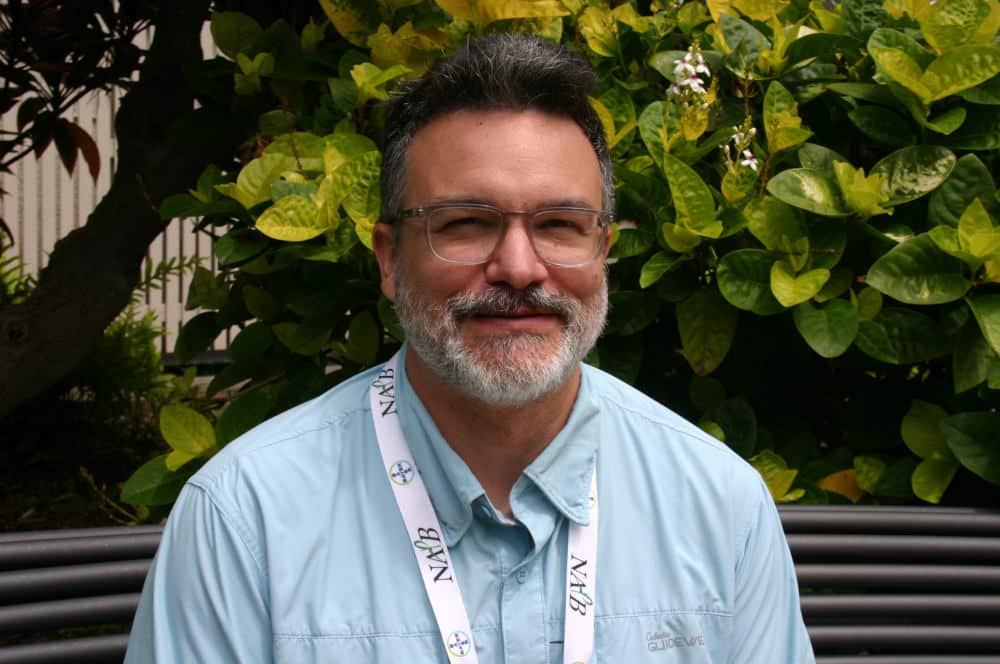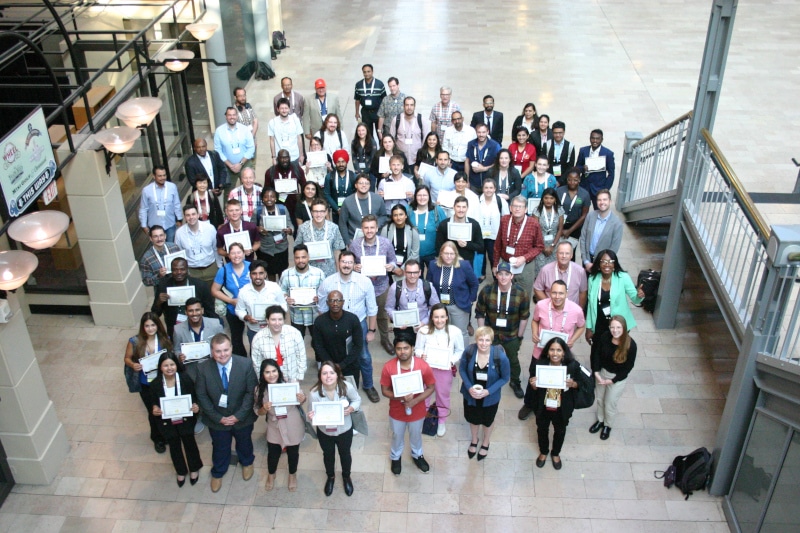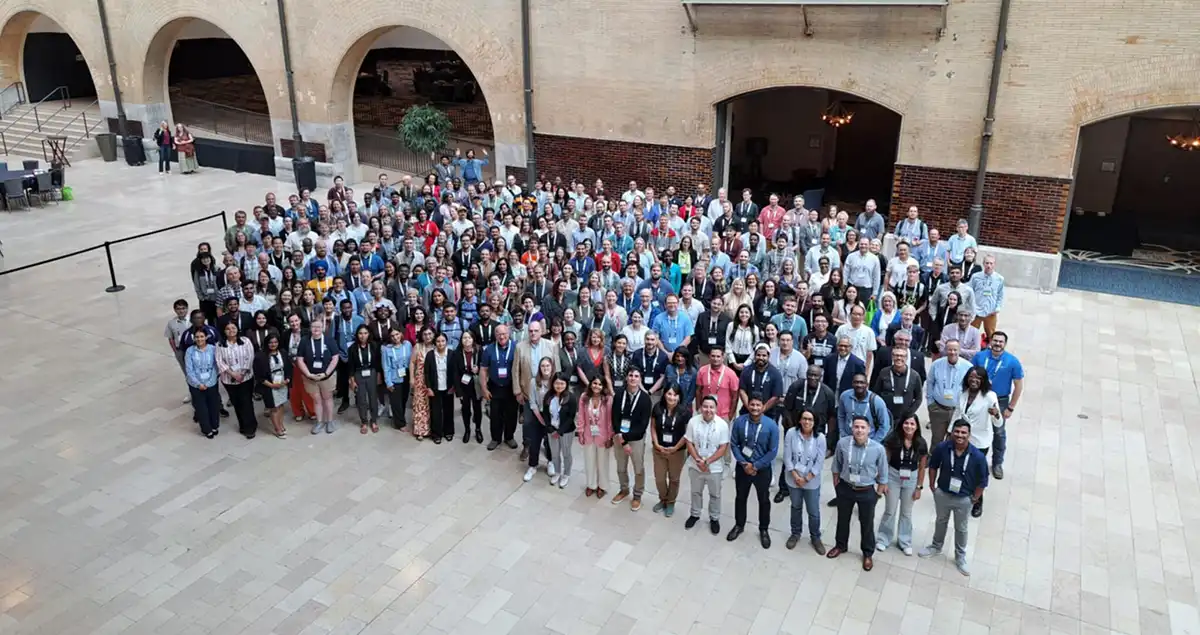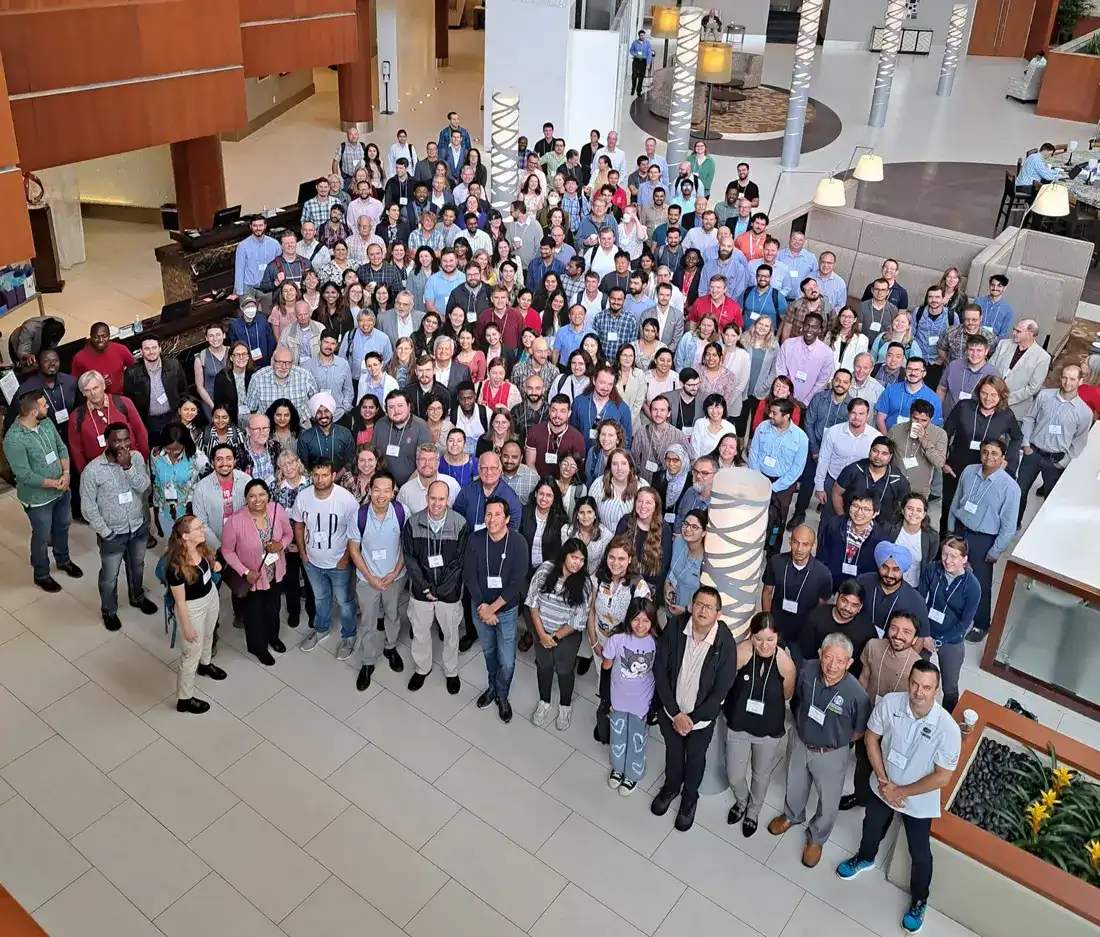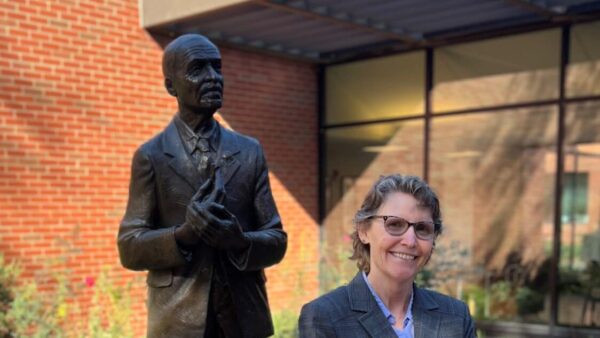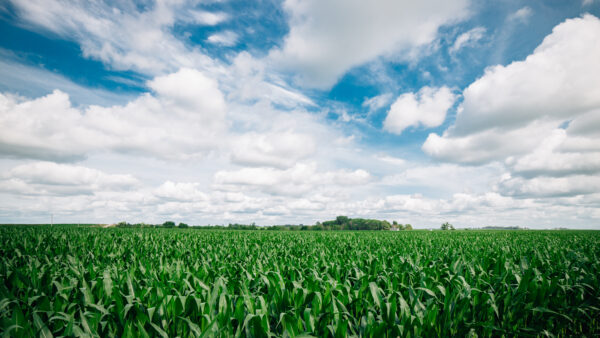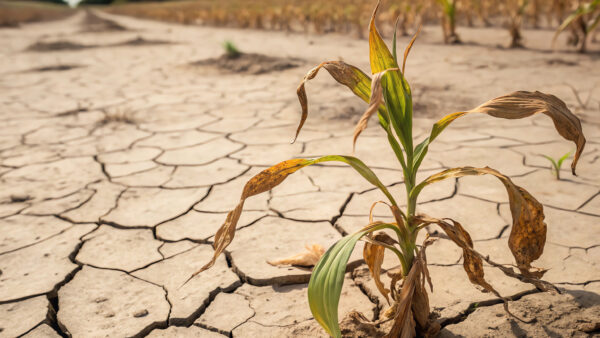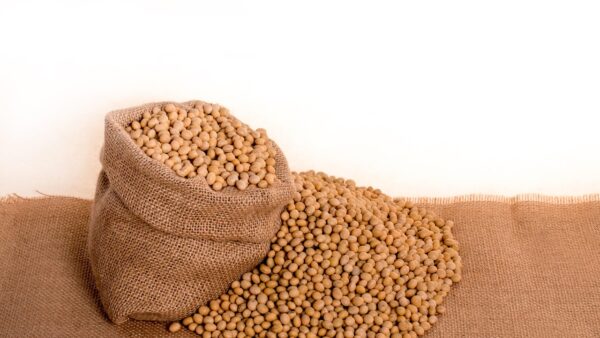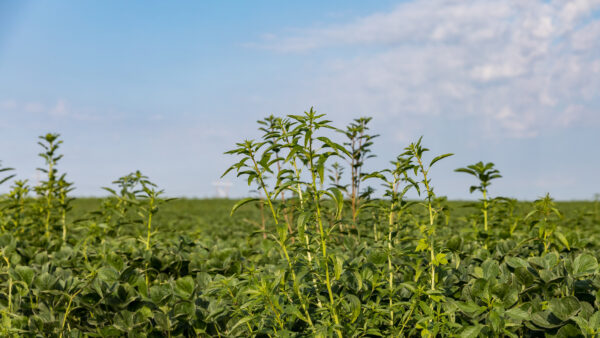For Michael Gore, professor of molecular breeding and genetics for nutritional quality at Cornell University, maize isn’t just a crop—it’s a lifeline. In much of sub-Saharan Africa and Latin America, it provides more than half the daily calories for millions. But the most common varieties fall dangerously short in key nutrients like vitamin A and vitamin E. The consequences—blindness, weakened immune systems, increased childhood mortality—are staggering.
Rather than engineer a solution in the lab, Gore turned to maize itself.
It’s a story he told this week at the National Association for Plant Breeding (NAPB) conference in Kona, Hawai’i where he spoke as the NAPB’s 2024 Public Sector Impact Award winner.
He began with a question: Could the answers be hiding in plain sight—in the plant’s own ancient diversity?
Over 15 years, his lab scanned thousands of maize varieties from around the globe. Using high-resolution mapping and advanced gene sequencing, they uncovered rare but powerful variants that naturally produce higher levels of beta-carotene, the precursor to vitamin A. Some of these maize lines, bright orange and brimming with nutrients, are now growing in Zambian fields through collaborations with HarvestPlus and CIMMYT.
“We didn’t need to invent a miracle,” Gore said. “We just had to listen to what maize already knew.”
The Secret Life of Vitamin E
Then came an even stranger twist. As Gore’s team mapped genes responsible for vitamin E, they stumbled upon an unexpected clue—not in vitamin pathways, but in chlorophyll.
Two genes long known for their role in photosynthesis emerged as major players in vitamin E production in the seed embryo. But how?
To find out, they wrapped ears of maize in foil. Deprived of light, the plants produced dramatically less vitamin E. Then, using CRISPR gene-editing tools, they knocked out the chlorophyll genes entirely. The result: embryos devoid of vitamin E.
“Plants don’t give up their secrets easily,” Gore laughed. “But sometimes, if you watch closely—and ask the right questions—they whisper something profound.”
Teaching Plants to Speak
Back in New York, Gore’s work took another leap—this time above the fields and below them. His team deployed drones and sub-canopy rovers outfitted with sensors, capturing thousands of images of maize under stress—drought, heat, disease. They trained deep-learning models to identify lesions, track plant architecture, and predict yield with uncanny precision.
What began as simple observation became conversation. Gore calls it giving plants a voice through data. By combining satellite-level aerial views with ground-based lidar scans, his models now predict end-of-season traits like grain yield or drought tolerance before the plants even flower. The goal? Faster breeding cycles. Better decision-making. Crops ready for a hotter, hungrier world.
The Programmable Plant
If decoding genes was the first act, programming them is the next.
Gore now co-leads the NSF-funded Center for Research on Programmable Plant Systems—a bold effort to give crops the ability to sense, respond, and even communicate with their environment.
Using optogenetics and biosensors, his team is learning to visualize hidden stress signals in real time—like a plant raising its hand before it wilts. In one experiment, a single stressed leaf triggered a whole-plant response. In another, sensor-equipped maize revealed nitrogen use efficiency that could be fine-tuned at the molecular level.
This is no longer traditional breeding. It’s biology reimagined as dialogue.
“What if plants could tell us, ‘I’m thirsty’? What if we could ask them to use water more wisely?” Gore mused. “We’re trying to build that language.”


